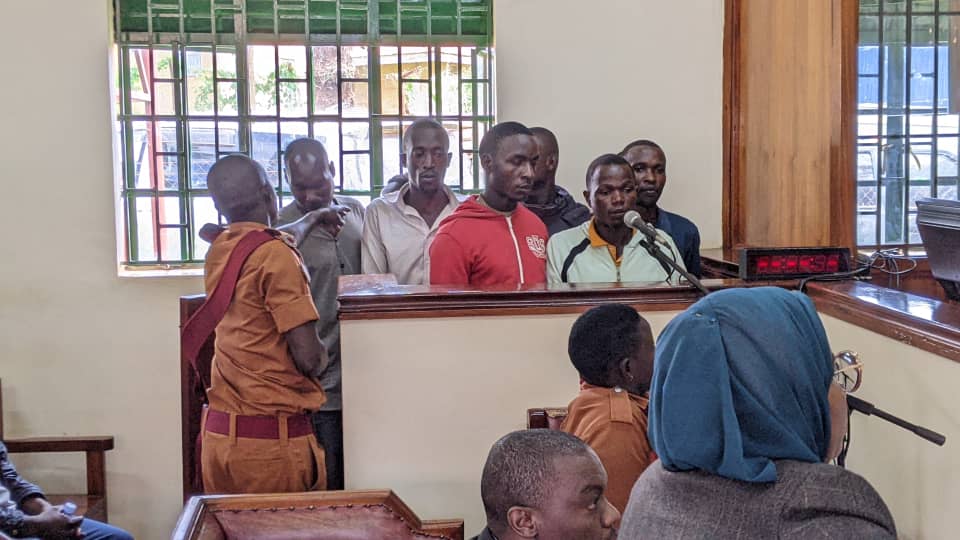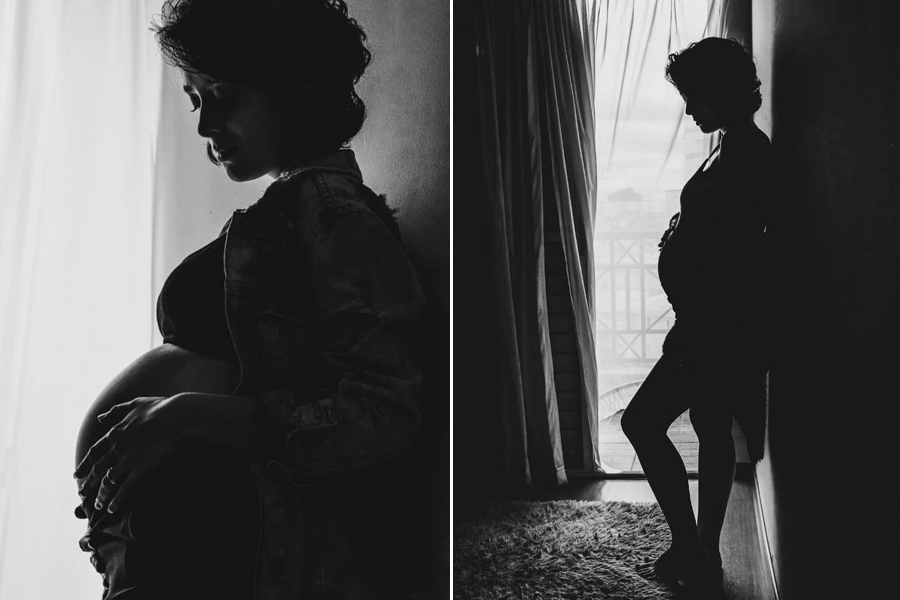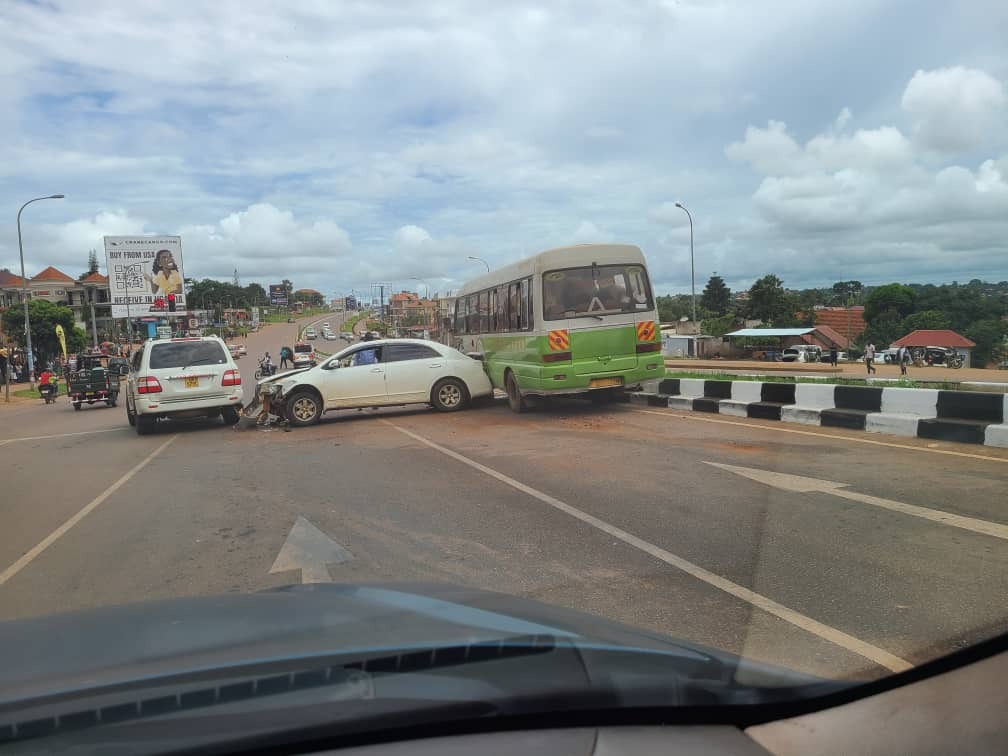Why we are all vulnerable to blood clots!
Bits of ME
"My cousin has breathed his last. While he seemed to be a little better…although he was still in a comma, it may well have been his way of getting ready to leave this realm/" shared my co-news anchor Rukh-Shana Namuyimba Kitaka shared.
Her cousin was 53.
Just a week earlier, Solomon Kyambadde 27, a Live and Newscast Director at Next Media Services astoundingly survived a blood clot in his lungs.
"It started like a simple cough and a discomforting pain in my chest. While climbing the stairs to direct the lunch time bulletin, I felt I was losing my breath by the second…my last words were to a colleague who I was trying to convince that I was okay…I passed out", Kyambadde narrated.
Several prominent personalities in Uganda have succumbed, to this known, but hard to stop plague now eating into the lives of young people.
Bits of YOU
Your chest might ache in piercing pain on and off like a teasing headache. This can worsen when you take deep breaths and coughing in that state may set off shortness of breath.
Whereas such body deviations can occur simultaneously, the distress signals can also occur at once.
These orange warning lights in your body according to Dr. Musa Waiswa a Specialist Physician and Hematologist are forewarning of a probable blood clot whose scientific label is a Deep vein thrombosis (DVT).
A sense of anxiety or nervousness is another indicator while lightheadedness and fainting like it was in the case of Kyambadde could be present as well as rapid pulse with sweating.
In worst case scenario, Dr. Waiswa adds one can cough blood but by this stage, the “blood clot that has formed in one or more of the deep veins in your body, usually in your legs can break loose, travel through your bloodstream and lodge in your lungs, blocking blood flow."
This life-threatening complication is known as pulmonary embolism. In about half of all cases, Dr. Waiswa says, blood clots occur without any noticeable symptoms but recognisable signs can include: Swelling in the affected leg, your ankle and foot.
“Pain in your leg that often starts in your calf and can feel like cramping or a muscle pull, warmth over the affected area and sometimes there are changes in your skin color, such as turning pale, or red" Dr. Waiswa explains.
While old age is a factor in blood clots, today the youth are endangered.
Dr. Waiswa reveals that young people are at risk of death from severe massive clots in the lungs and in unusual sites like stomach and the brain.
Modern science has shone a light on more revelations in blood clots unlike in the past when many suffered the ordeal without knowledge of this silent killer.
"Diagnostic testing for clots has been revolutionised in the last two decades with more access to lab tests and imaging tests than ever before in this country. We lacked capacity to diagnose these clots many years ago yet people were suffering from them and either recovering spontaneously or dying un-diagnosed," Dr. Waiswa emphasized.
Chances of death from a missed diagnosis of a blood clot can be defined by the setup of the victim’s locality and the clinical index of suspicion on the part of health workers.
RISK FACTORS OF DEVELOPING BLOOD CLOTS
- Sitting for long periods of time, such as when driving or flying for long hours with your legs remaining still for long periods.
- Being overweight or obese.
- Smoking.
- Prolonged bed rest, such as during a long hospital stay, or paralysis from a stroke.
- Pregnancy, Birth control pills or hormone replacement therapy.
- Inheriting a blood-clotting disorder that makes your blood clot more easily.
- Injury or surgery leading to slowing blood flow, hence increasing the risk of blood clots.
- Inflammatory bowel disease such as ulcerative colitis, Cancer, Viral infections such as HIV disease, SARS-CoV-2(Covid-19 virus) etc.
Preventive measures of Blood Clots
- Exercise your lower calf muscles if you'll be sitting for a long time.
- Whenever possible, get up and walk around. If you can't get up to walk around, try raising and lowering your heels while keeping your toes on the floor, then raising your toes while your heels are on the floor.
- If you've been on bed rest, because of surgery or other factors, the sooner you get moving, the less likely blood clots will develop.
- Make lifestyle changes – lose weight, quit smoking and control your blood pressure since obesity, smoking and high blood pressure all increase your risk of deep vein thrombosis.
- Wear compression stockings to help prevent blood clots in the legs as recommended by your doctor
- Use low estrogen containing pills for birth control.
- Take any prescribed medications as directed by your doctor
- Watch how much vitamin K (green leafy vegetables) you're eating if you are taking blood thinners such as warfarin













